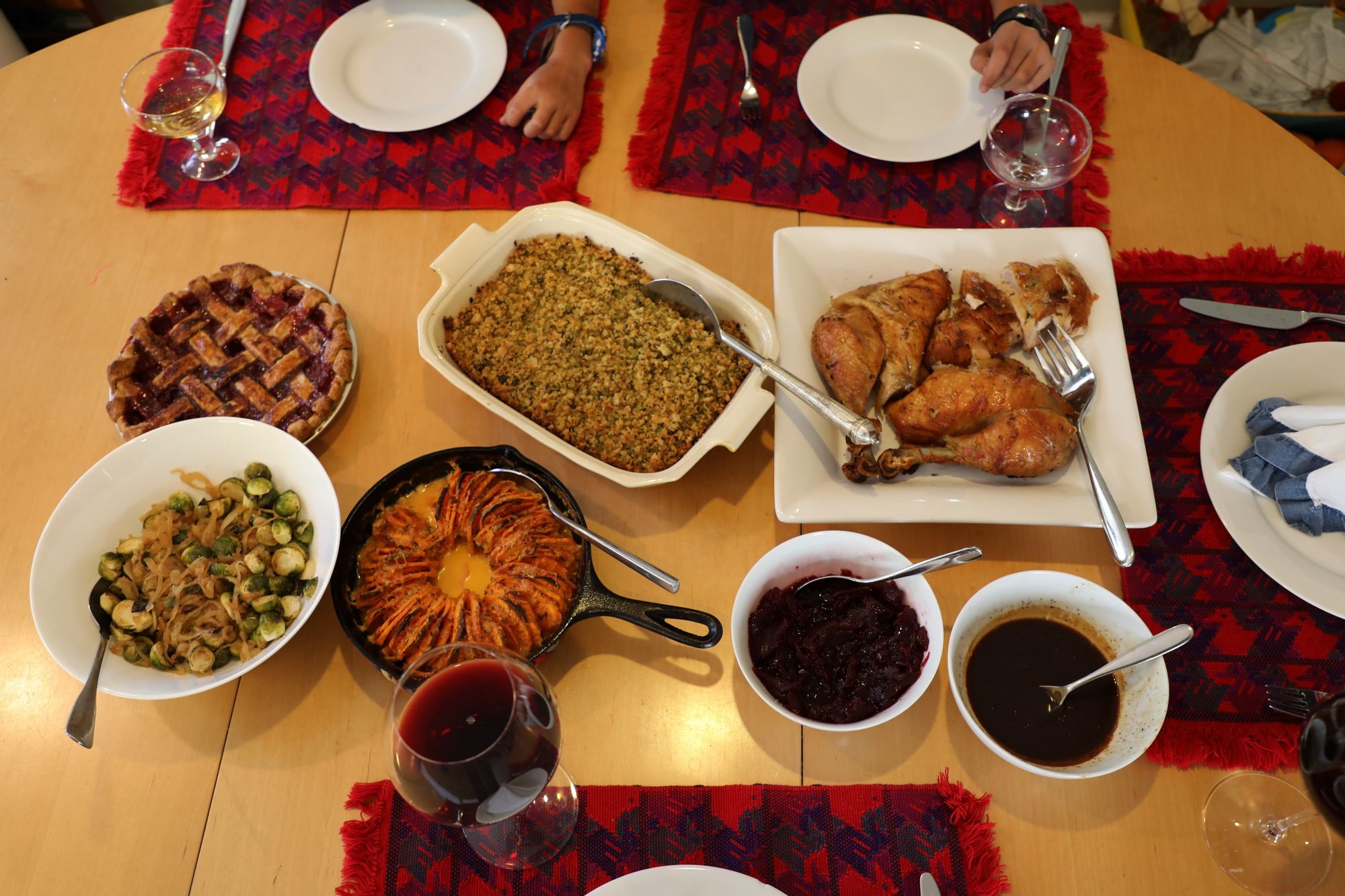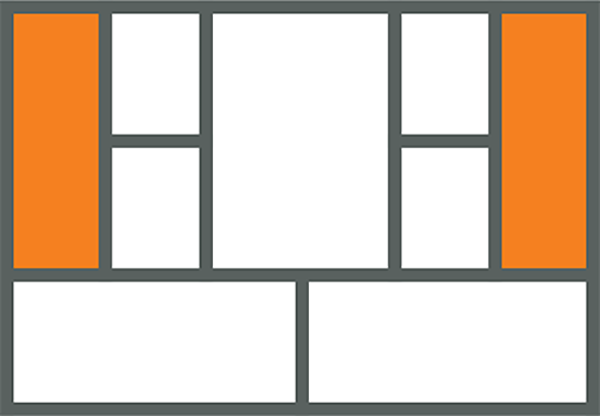
Running experiments is a key activity in Lean Startups, but my bias for experimentation preceded Lean Startups. While I can trace it back to several interests I’ve held, one that particularly helped me develop this skill was cooking. Cooking and startups have more in common than you’d think.
A perfect experiment for me is a time-boxed practice session with part repetition and part improvisation.
While repetition helps you master technique, improvisation helps create leaps in learning.
Cooking lends itself perfectly to both. What I learned from cooking definitely spilled into my Lean Startup experiments. Even though I was experimenting before Lean Startup, I am now better able to codify the process.
What follows is a recipe for how I approach anything new:
1. Start with the Right Attitude
“Good cooking depends on two things: common sense and good taste.
It is also something that you naturally have to want to do well.”
- Simon Hopkinson, Roast Chicken and Other Stories
Working backward:
Commit to continuous learning
While I’m generally interested in many things, I only keep a few interests at a time because I believe things are only worth doing if you can do them well.
Broaden your experience
The way to develop good taste is to taste more. I’ve been an avid foodie for much longer than I’ve been a cook. Even now, when I tell people I cook, the next question usually is, “what type of food.” At first, I didn’t know how to answer. Now I reply: “Everything.”
Patterns are everywhere
As you broaden your experience, patterns begin to emerge. You start tasting the ingredients in the food, seeing the techniques that went into the cooking process, and realizing how a few key ingredients can completely change the flavor profile or ethnicity of a dish.
Develop good judgment
I’ll talk about developing “common sense” or good judgment a little later.
2. Pick your Teachers Carefully
Even though it’s important to experience and collect a wide range of experiences, I get very selective when I cook. There is no shortage of recipes, but most of them aren’t that good. When I’m first learning, I try to minimize as many external variables as possible. If the dish fails, I’d like to know it was me and not the recipe.
To do that, I pick a handful of chefs I admire, make sure I have access to the same ingredients and tools (no immersion circulators or nitrogen tanks), and follow their recipes literally at first.
Literal execution is important because
a) I always give people with more experience the benefit of the doubt, especially when they have taken the time to share their learning, and
b) I don’t know any better yet
Over time, you learn that not all cookbooks are created equal. Even the best-intentioned chefs skip basic steps, make mistakes, or assume too much. You overcome these limitations by developing your judgment or “common sense.” The key is always asking why.
Before attempting any dish, I study and internalize the recipe several times. Instead of blindly following steps, I need to know why. After tasting the finished product, I think of ways to improve the dish for the next time. If the dish shows promise, I usually work on it a few more times until I have a repeatable process for delivering the desired result.
The best cookbooks (e.g., Ad-hoc at Home by Thomas Keller) balance prescriptive steps with explanations that serve to teach foundational principles. They were the inspiration for my book: Running Lean.
3. Build a Strong Foundation
Like startups, cooking is not a perfect science. For a while, I was drawn to “Cooks Illustrated,” which is a cooking magazine that applies the scientific method to cooking. They cook the same dish several different ways in search of the perfect method and often make the process way too complicated. Interestingly enough, I’ve never found their dishes to wow me. Much like building a product, the return on effort diminishes as you go from macro to micro level optimization to where you might actually start hurting the product.
While I do work on improving a dish, I tend to focus more on improving my basic techniques, such as finding the best way to boil an egg, cook rice, or roast chicken. Again, I’m looking for a repeatable series of steps that produce good results. Cooking is very much a sum of parts. I find the best place and time to learn these techniques is in the kitchen while cooking — not in a classroom.
4. Measure Results
The great thing about cooking is that the learning is immediate. You get to taste the final product after 60 or 90 minutes of cooking and see if it’s any good. Even though food hits on several senses, the taste is the key measure of success. This is something Iron Chef Bobby Flay understands all too well. He rakes in more wins over other more creative (and probably better) chefs who showcase a more creative side to their dishes.
Having two young kids at home makes taste my primary success metric too. My wife (also a cook) and I enjoy having guests over for dinner, and we developed a five-star rating system based on how likely we’d cook this dish again and for who:
5 stars: Impressive. Cook for anyone.
4 stars: Very Good. But for a specific type of guest.
3 stars: Okay. Fine for home.
2 stars: Nothing Special.
1 star: Where’s that lobotomy?
Thankfully, we’ve had very few 1 stars. My wife, who is much more process-driven here, has a database of these ratings cross-referenced to a link to the recipe, which lets us pull these up quickly when needed.
5. Improvise
Learning from others first is an important prerequisite to finding your style. Ferran Adrià, who is considered one of the best and most creative chefs in the world, got his start working in restaurants as a dishwasher, then line cook, where he began learning and memorizing classic Spanish and French recipes. Through repetition, deconstruction, and constant experimentation, he was able to extract the essence of each dish and present them in his own unique “deconstructivist” style. His restaurant, El Bulli, is only open six months a year, seats 50, but receives 400 requests for each table. He experiments with his dishes for the remaining six months.
A jazz musician can improvise based on his knowledge of music. He understands how things go together. For a chef, once you have that basis, that’s when cuisine is truly exciting.
- Charlie Trotter
6. Create Flow
I generally cook 2–3 times a week for 60–90 minutes each. Given that I’m incredibly busy, some upfront planning is required to pull this off. I usually plan a meal on a Saturday before visiting the grocery store. I pick dishes based on what I’d like to learn next, what’s in season, and what goes well together. I strive to use up all the ingredients across several dishes and set myself up for a few fun challenges — such as not planning a side dish and coming up with one spontaneously while cooking based on what’s in the refrigerator and pantry.
60–90 minutes to cook 2–3 dishes is not a long time and requires even more organization. The French have a name for this: “Mise en place” — literally translated to “everything in place.” Before starting to cook, I go over the meal plan and visualize “a path of least waste.” Waiting is usually the biggest contributor to waste and must be avoided. For instance, water takes about 5 mins to come to a boil, charcoal takes about 30 mins to be ready for grilling. That’s time you should be doing something else. The key is getting every step to flow.
7. Always Remember Why You Are Doing This
You have to enjoy the process as much as the end result, or this quickly devolves into a chore that kills the fun and learning.
“Drinking good wine with good food in good company is one of life’s most civilized pleasures.”
- Michael Broadbent
